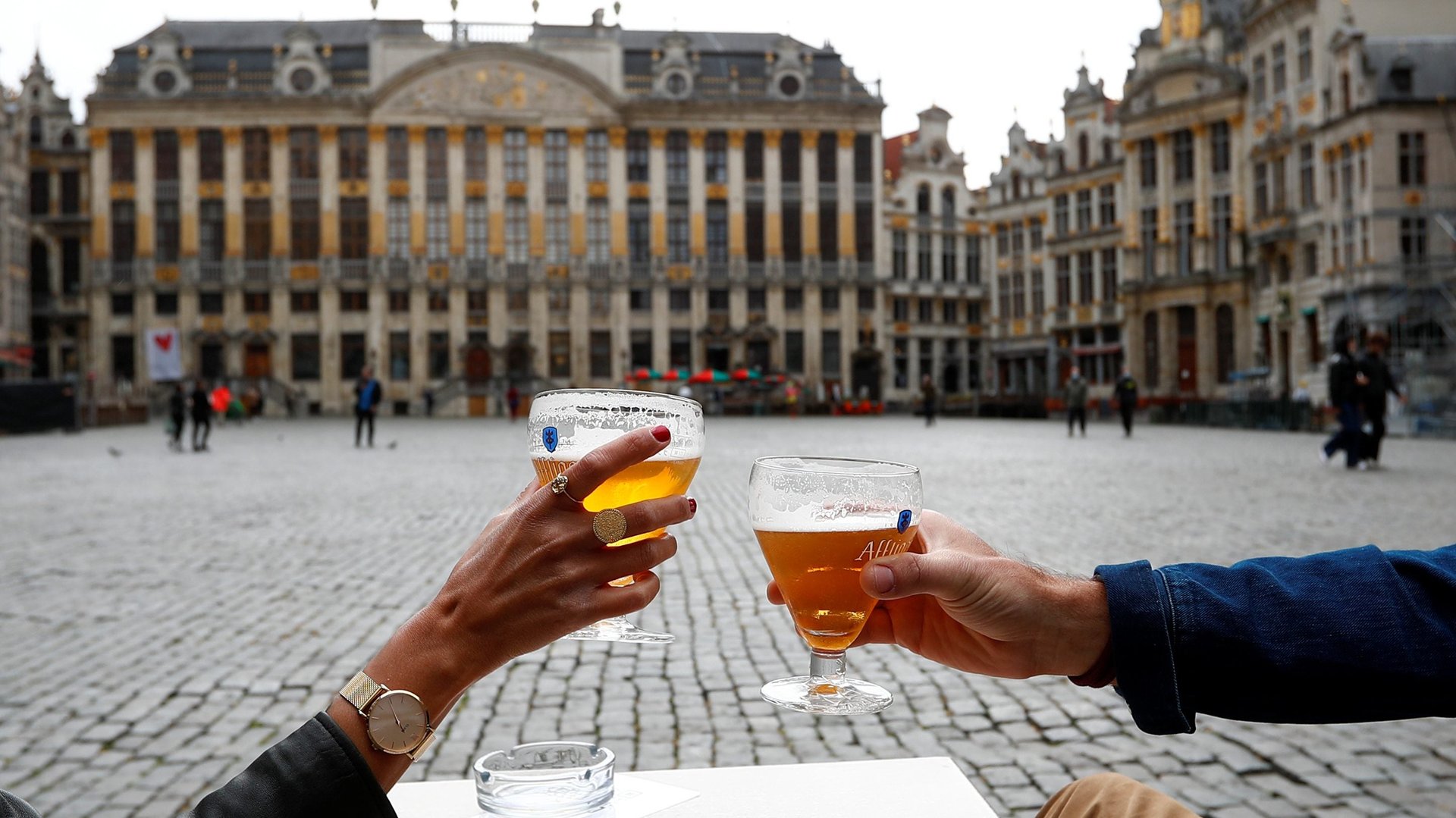These countries have the most expensive alcohol in the world
Bahrain is an expensive place to drink. According to the World Bank’s recently released purchasing power parity data, alcohol in Bahrain costs 345% more than the global average.


Bahrain is an expensive place to drink. According to the World Bank’s recently released purchasing power parity data, alcohol in Bahrain costs 345% more than the global average.
The Persian Gulf island’s high alcohol prices are due to a variety of factors. The country only allows alcohol purchases at hotels, resorts, and a few select stores, and prohibits sales to Muslims. This restricts competition and limits sales to richer customers. The country also charges a 125% tariff on alcohol imports. Finally, Bahrain mostly relies on imports for food and beverages, making prices for nearly all kinds of foodstuffs above average.
The data come from the World Bank’s International Comparison Program, which collects data on prices from across the globe. It is the biggest statistical program in the world, including about 200 countries, according to the economist Nada Hamadeh, who manages it. The data from this program allows researchers to understand the cost of living across countries, and properly compare wealth and poverty between them. Alcohol prices are just one of 47 expenditure categories for which the World Bank collects price levels. The Bank only estimates alcohol prices for 167 countries because the statistical agencies in some countries do not collect alcohol price data that is comparable to the rest of the world.
The cost of alcohol is highly correlated to overall cost of living in a country. Expensive countries like Bermuda, Iceland and Australia, are also expensive places to drink. This is because it generally costs more to make and sell beer and hard liquor in places with high labor costs, explained Hamadeh.
Bahrain is an exception to this rule. It isn’t a particularly expensive country overall, with prices for goods and services 25% lower than globally. The steep price of alcohol in the country is an example of how factors other than labor costs, including trade, local taxes, and social policy, can determine how much customers pay. In contrast, alcohol prices in Germany are 23% lower than the global average even though overall prices are 25% higher. Germany combines low taxes with large domestic production, making it a tippler’s dream.